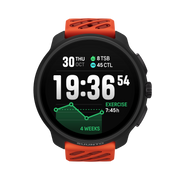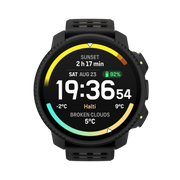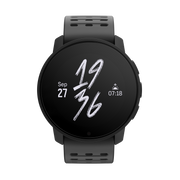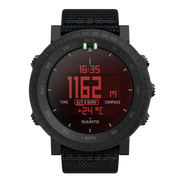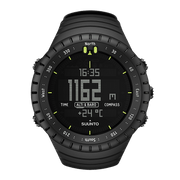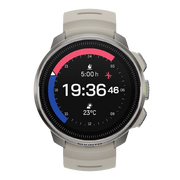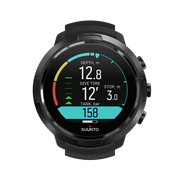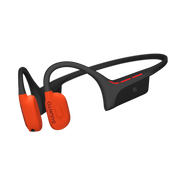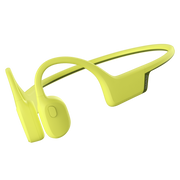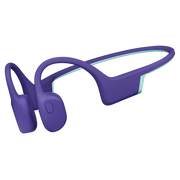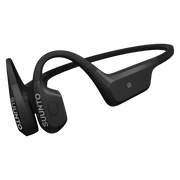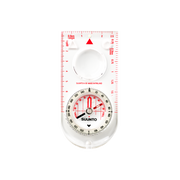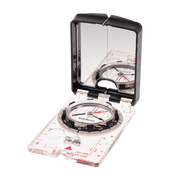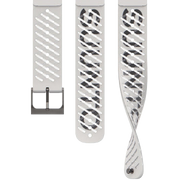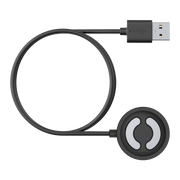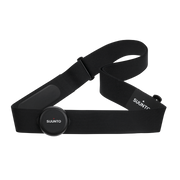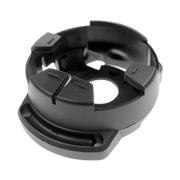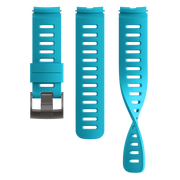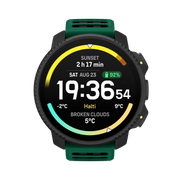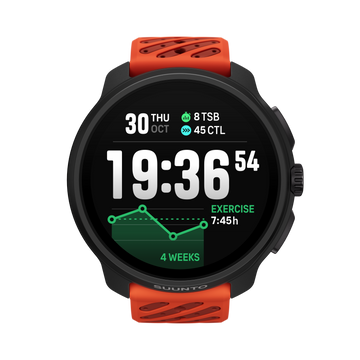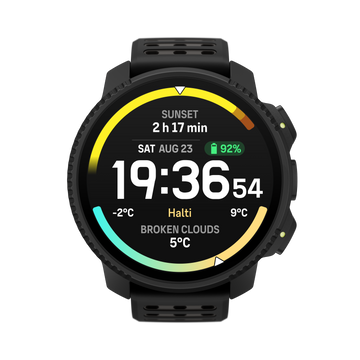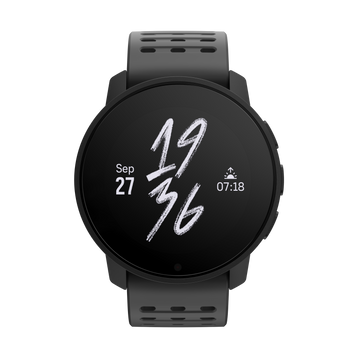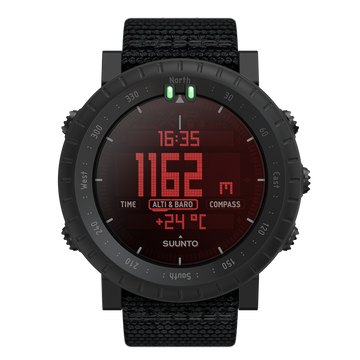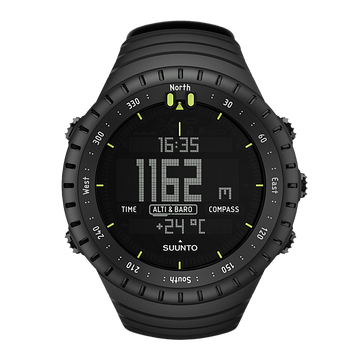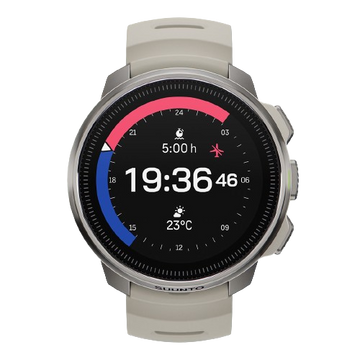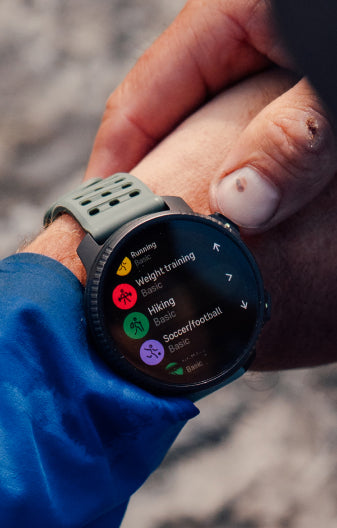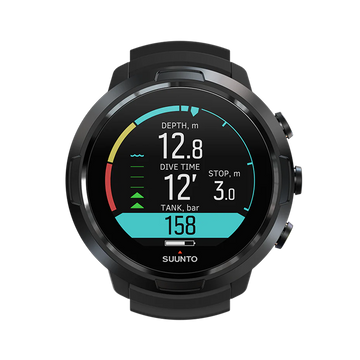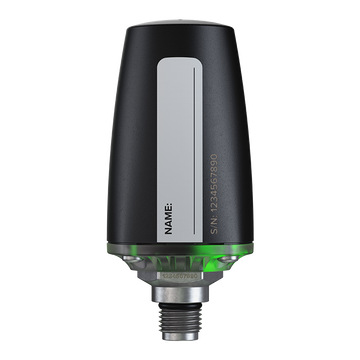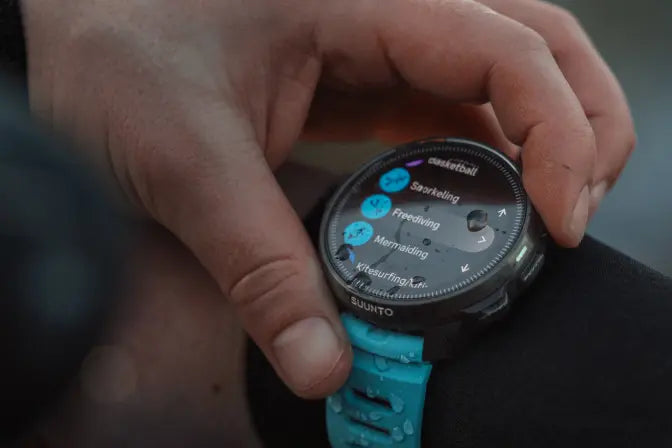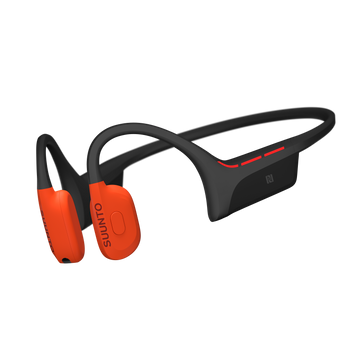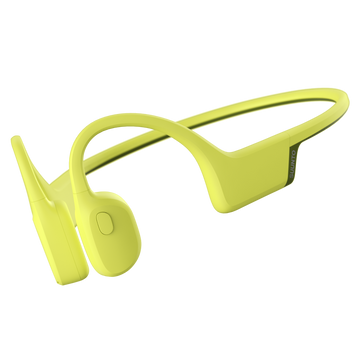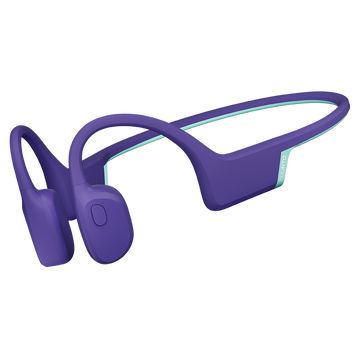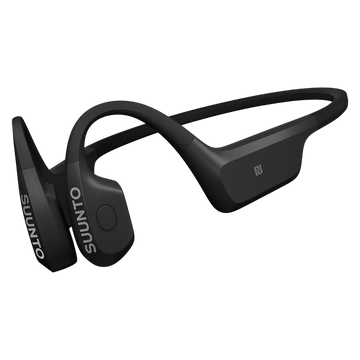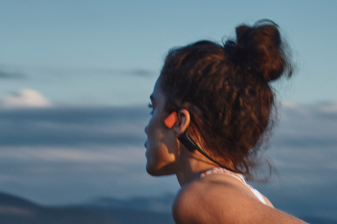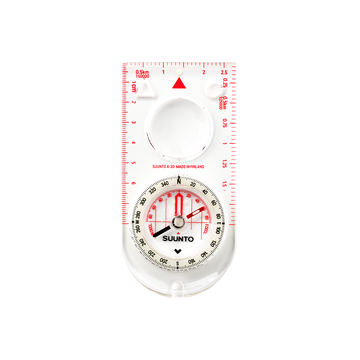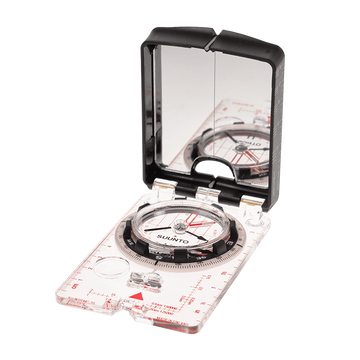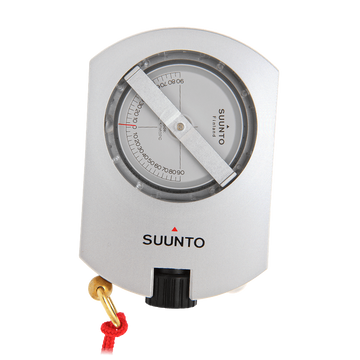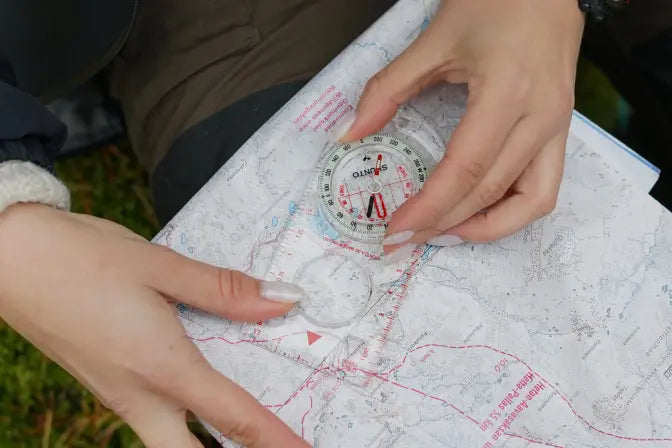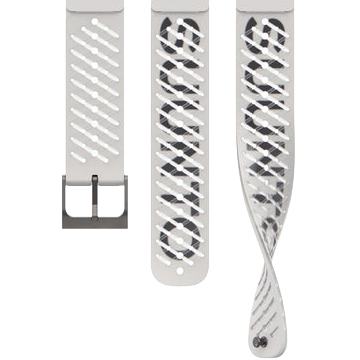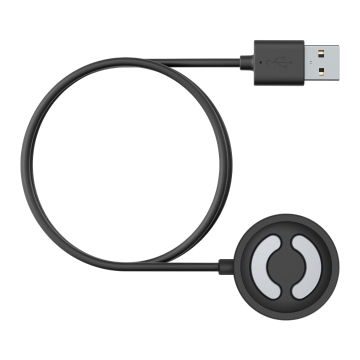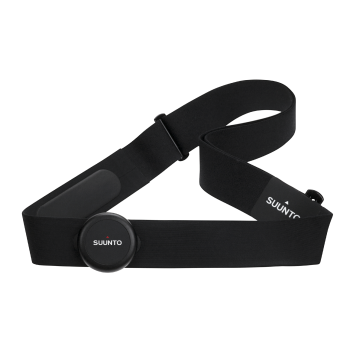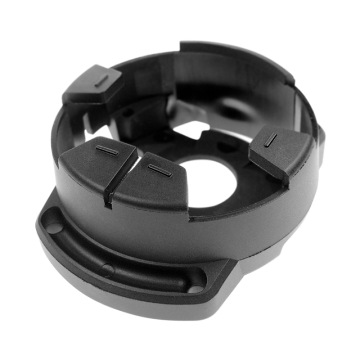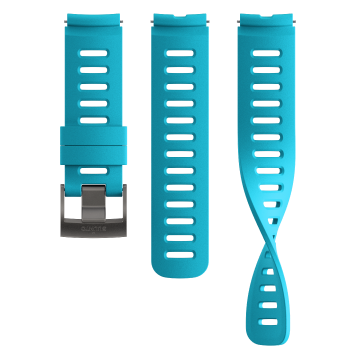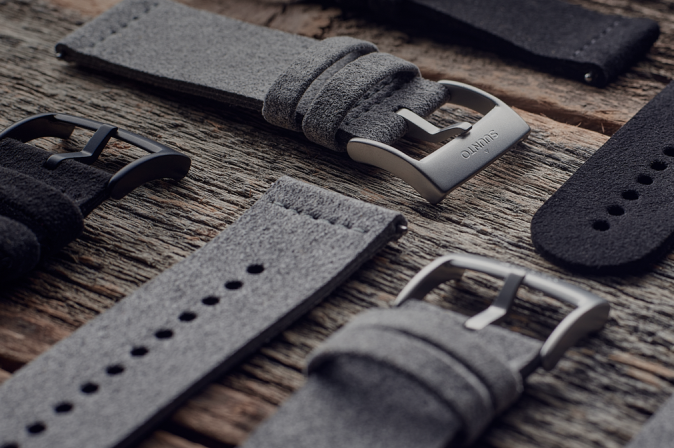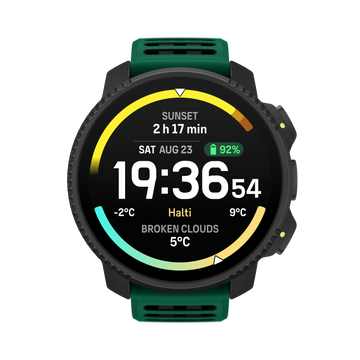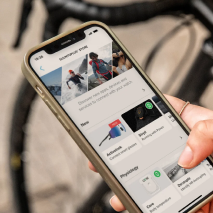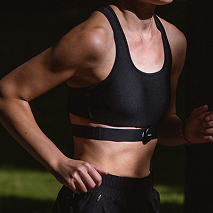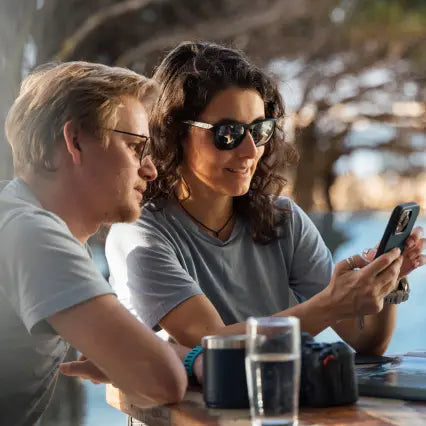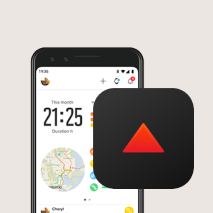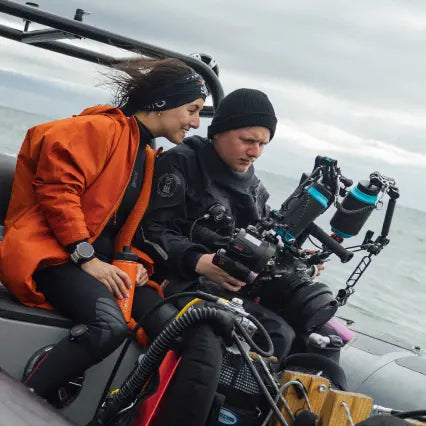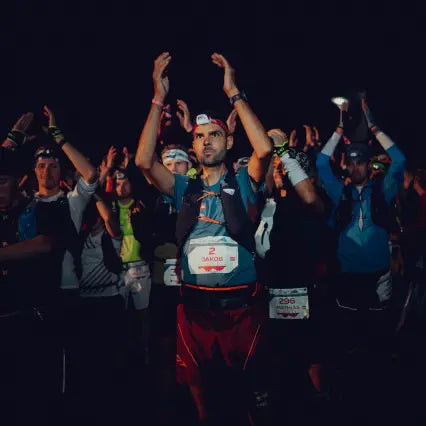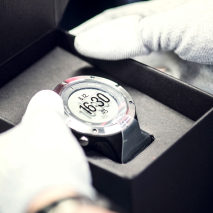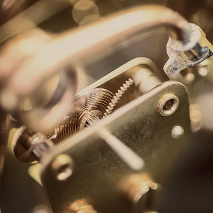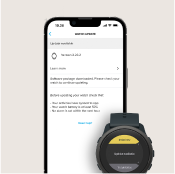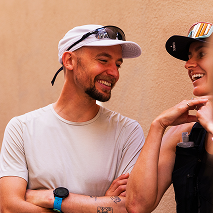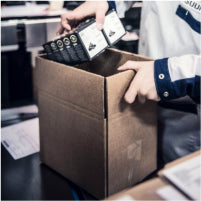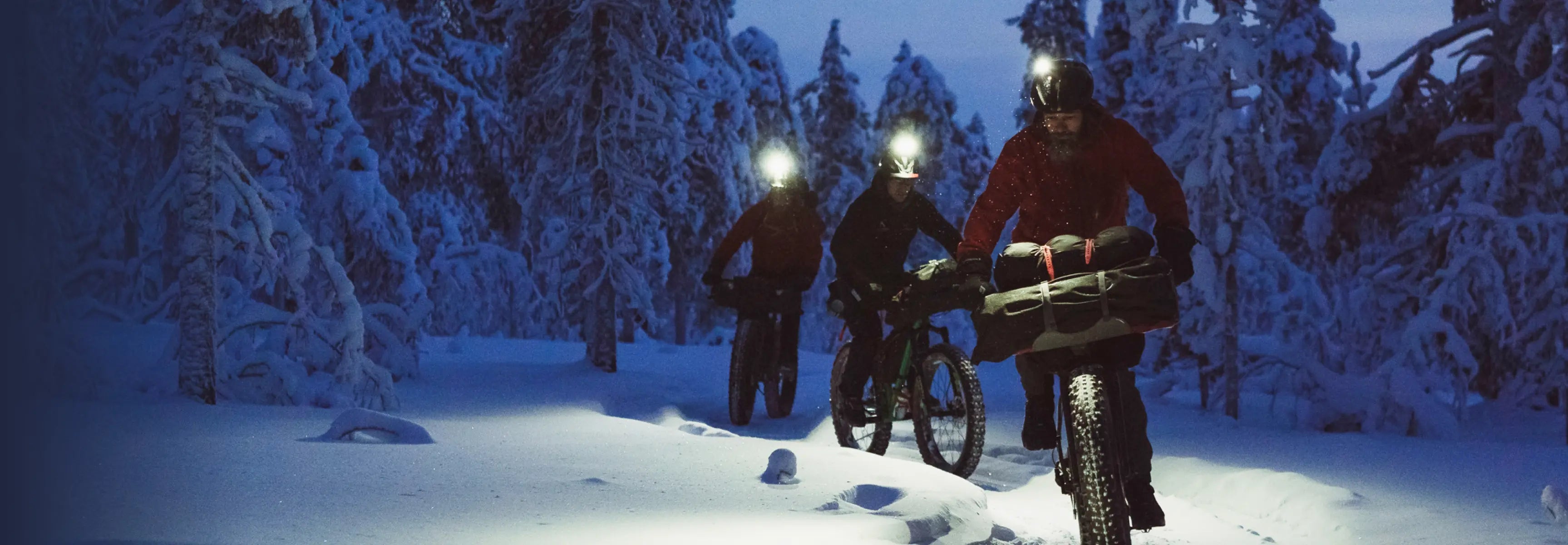
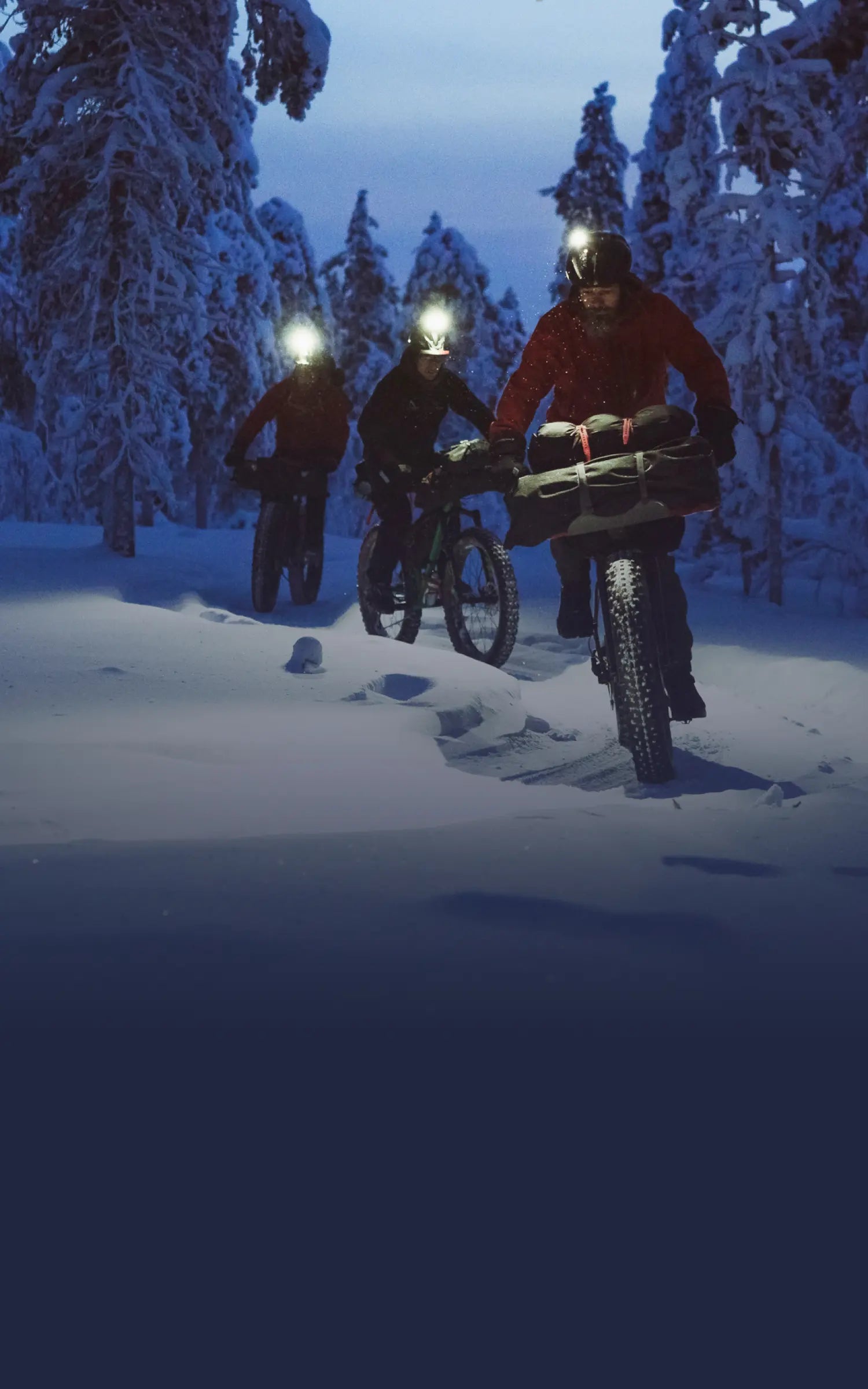
Suunto Blog

Arctic Lines with Antti Autti
New season, new adventures: Antti Autti continues his search of epic, unique and unridden lines in the frigid reaches of the Nordic north.
Arctic Lines is already in its fourth season! Get a sneak peek of the upcoming episodes in the season trailer, featuring Antti and his crew—including Jeremy Jones, Elena Hight, Tailer Gray Spinney, Miikka Hast and Fredrik Aspö. The series is filmed by Jaakko Posti, Markus Kumpula and Mikko-Pekka Karlin. Mikko-Pekka also edits the videos.
Freeride snowboarding in Finnish Lapland
In the first Arctic Lines episode of the new season, Antti Autti invites you to explore the incredible freeriding opportunities near his hometown of Rovaniemi, Finland, located right on the Arctic Circle.
Join him on a journey through the breathtaking landscapes of Finnish Lapland, featuring nearby fells, national parks, and boulder fields—hidden gems for freeriding adventures when the conditions are just right.
Exploring the untouched freeriding terrain of Nuvsvåg, Norway
In the second episode of the Arctic Lines season, Antti and his crew discover some of the most pristine freeriding lines we've ever seen—perfect snow, great access straight from the road, and a touch of problem-solving to make it all the more rewarding. Enjoy!
Stay tuned for the third episode of the Arctic Lines season!
Lead image by Simo Vilhunen
More content with Antti Autti
How to use avalanche terrain maps
8 steps for planning trips in the mountains

From Bikes to Peaks: The Historic Quest of Bike2Eiger
Join Suunto ambassador Philipp Reiter and his friend Martin Schidlowski as they retrace a historic journey to the Eiger North Face in their film, Bike2Eiger.
Suunto ambassador Philipp Reiter invited his childhood friend and climber Martin Schidlowski on an adventure that combined history with the modern-day challenges of mountaineering. Riding 600 km from their home in Berchtesgadener Land, Germany, to Grindelwald, the base of the Eiger in Switzerland, and attempting to climb its notorious north face was merely the backdrop for something more meaningful and thought-provoking.
We caught up with Philipp to discuss his film, Bike2Eiger. The film has been touring mountain film festivals for the past winter and is now released online. Read on – and watch the film below!
Philipp Reiter and Martin Schidlowski are friends since childhood.
You were following in the footsteps of some true Alpinist legends. Who were they and what was their story?
Anderl Hinterstoisser and Toni Kurz were two alpinists from the Berchtesgadener Land, where Martin and I also grew up. In the 1930s, they wanted to solve the last unclimbed problem of the Alps - the Eiger North Face. As they had no money to travel by train, they went from Bad Reichenhall to Grindelwald by bike. (Read more about them here.)
What is your connection with your adventure buddy Martin?
Martin Schidlowski is my kindergarten buddy. We have done many alpine adventures together, running, climbing, and mountaineering. Since the beginning, we have had the same mindset and passion for the mountains. He is a super good climber and alpinist, and I am more of the endurance athlete in our team.
Not the conditions the duo was hoping for.
The adventure started with three long days in the saddle. How did that go?
Haha, not very well! 1.5 hours after we started, we were stuck and had to push the bikes through 30–40 cm of fresh snow. Generally, it was super cold, and we underestimated the weight of the bags. We carried in all our gear – alpinism by fair means. The first night, the police also kicked us out of our little wood cabin as in Austria sleeping somewhere out counts as illegal camping.
Did you start to question why you didn’t simply drive to the mountain?
We wanted to experience the same as the two pioneers in the 1930s, which is why we also took the bikes.
Studying the route and the weather are part of any adventure.
Do you think Martin will ever again go on a bikepacking trip?
No, never! He had never ridden more than 100 km before, and on day one we had to do around 220 km! He did not like it.
And what about you…?
Well, generally, I like cycling a lot as to me it’s the perfect way to explore new areas at a decent speed. But on this ride, my leg warmers were too tight, and I got an inflammation around the knee, which was super painful.
First attempt on the Eiger: too much snow.
The weather conditions and the amount of snow made the first Eiger attempt hard. Is there anything you could have done differently?
At one point, there were just too many people with busy schedules involved in the project, and we couldn’t keep shifting the dates all the time. So, we had only a few time slots planned, and basically, only this one was left. That’s why we started in okay conditions, knowing that it might become too tricky to climb the face. And then there was too much snow.
Mountaineering has a lot to do with conditions. Usually, you need to be patient and wait for the right conditions. It’s never a good idea to rush it in the mountains.
Before the second attempt, the atmosphere was different. Can you explain a bit about what was happening?
When we came back one year later for the second try, we knew that the conditions were very good and that it was just a matter of us making it happen. Also, we didn’t do the bike approach again, which made it easier. When we went up to Eigergletscher to sleep, there was so much positive energy. I remember this situation well.
Second try, better conditions – but different route.
Could part of the mood be that you were so sure that with the right timing and team, you could just show up and finish the project?
Yes, exactly. It was almost like: We just need to climb it now, and that’s it!
Is it possible that the slower approach and early difficulties set you up differently?
Martin and I had done some more training together, like the Matterhorn North Face. We felt more ready than the first time and were more relaxed as we did not have heavy legs from three long days of riding.
Summit of the Eiger!
Did the adventure teach you something?
Most of the time, things come out very differently than we have planned, and we always need to keep the capacity to adapt.
Watch now: Bike to Eiger
Watch now: Philipp Reiter and Martin Schidlowski follow the footsteps of their local mountaineering heroes from the 1930s on a multisport adventure to the "Eigernordwand“.

Kilian's record ascent of Denali
When Kilian Jornet goes to the mountains on a personal project you can be sure the results will be interesting.
The mountain athlete does not disappoint. He's just returned from Denali, 6,194 m, the highest mountain in North America and sure enough, he's come back with a record – and an epic story to tell.
Avoiding the more popular West Rib route, Jornet headed up Rescue Gully on skis in his usual super fast style. By the time he returned exactly 11h and 48m later he'd smashed the record for the mountain's fastest ascent – by over five hours. The round trip involves an elevation gain of over 4,700 m and a distance of over 53 km.
What makes the ascent even more noteworthy is that conditions were bad for much of the ascent. Out of 16 days on the mountain, only three were good while blizzards, fog and low temperatures were the norm.
When Kilian set off on the summit bid, the thermometer was at -20ºC and the wind was gusting 40km/h.
“It has been a great adventure,” Kilian says. “Weather conditions were bad during much of the route. Yet, I managed to break the record, so I'm very satisfied. I took a different route rather than the usual one to avoid a stretch with fixed ropes because I wanted to stick to the values underlying the project – that is, attempting the record using as little equipment as possible, and without help.”
“I had to face two tough factors,” he adds. “On the one hand, the cold and the wind, which slowed me down throughout the route. On the other hand, the altitude, which affected me substantially from 5,000m.”
The summit was a special moment, he says, but not because of the view. “There was fog and I couldn't see a thing! But I thought ‘now my legs will finally stop hurting’!”
Denali, which is also known as McKinley, is one of the most forbidding peaks in the world. Although not as high as the Himalayan mountains, the Alaskan peak is notorious for its cold and brutal weather thanks to its proximity to the Arctic Circle. And with 4,000m of difference from base to summit, it features more vertical ascent than most mountains. Measured by topographic prominence it's the world's third most prominent peak after Everest and Aconcagua.
Image © Summits of My Life

Pedaling to volcanic peaks
Brody Leven recently cycled from Portland, Oregon to Seattle, Washington, with the goal of climbing and skiing huge volcanoes that were 'on the way'. Surprisingly, he tells us the downhills were harder than the ascents...
What the idea behind this trip? The goal was for two college friends, who hadn't had an adventure together in years, to ride bikes from Portland to Seattle...the long, hard, and painful way – effectively tripling the typical route's distance – in order to climb and ski Mt. Adams, Mt. St. Helens, and Mt. Rainier, three huge Washington volcanoes. Personally, I wanted to combine two activities that I love, ski mountaineering and bike touring. We also wanted to remind ourselves that we don't need big budgets, helicopters, worldly knowledge, or even a passport to have a good, old-fashioned adventure. What bike were you riding? It's a hybrid cyclocross/touring bike – a triple-ring, aluminum frame, with a carbon fork, fenders, comfortable touring seat, racks, five panniers, and customized single-axle trailer. I've only ridden the bike three times in four years: solo across the United States in six weeks, around the coastline of Hawaii in two weeks, and now the hard way from Portland to Seattle in two weeks. I'd never put a trailer on it before this trip.How hard is it to cycle with all that gear? It isn't even like riding a bicycle. It feels as though you're riding something different, something other than a bike, some sort of vehicle. If you look over your shoulder and swerve, you're going in the ditch (which I learnt the hard way). You can't just throw your leg over the top and start peddling – instead, you need to do this weird running push-start. The weight made it incredibly difficult to ever get out of the granny gear.How much did it all weigh? 150-200 pounds (68 kg - 90 kg) without me. Weight fluctuated with water and food supplies.
How were the downhills?I wasn't comfortable enough to really get moving fast down hills until ten days into the trip, when I started to use my body as a sail to slow down. This is noteworthy because going downhill was often much more difficult than going uphill, since my brakes were almost worthless with that much weight moving the bike. You had to keep it perfectly upright in order for it not to fall over, and the trailer was constantly in danger of jack-knifing. Road or off-road? Maybe 75 miles (120 km) we biked were on loose dirt, gravel, or sandy roads. But they accounted for about 90% of the trip's overall effort, as they were often on the biggest hills.Did you have to push? Not uphill! But descending hills was so hard that I occasionally had to step off and walk my bike for a while, allowing my brakepads and rims to cool off (they were very hot to the touch, noisy, and ineffective). Even walking it down hills was difficult, because balancing it perfectly upright was essential or all of the weight would topple it over.
Click here to see Brody's 120km ride from Portland to Hood River – and here to see his ski tour on Mt Adams. Biggest challenge of the trip? Riding the 15-mile, 3,500-foot, dirt, gravel, and sand Mt. Adams approach road after biking 40 miles that morning was so hard. Also, not eating every cinnamon roll and huckleberry shake in a 400-mile radius tested my self-control! All images ©Brody Leven. Check out more of his adventures on Brodyleven.com

Tutorial Tuesday: Find a GPS signal more quickly
To receive a GPS signal your Suunto watch needs to locate satellites that are orbiting the Earth. The better the watch knows where the satellites are located, the quicker it will receive the signal.
Since the satellites are moving constantly, the new locations of the satellites need to be synced to your watch. Simply put, to find the satellites quicker, sync your watch regularly with Suunto app.
Suunto app sync the latest, seven-day satellite orbit forecast to your watch so it knows where to look. If you want to optimize and find the signal quickly, sync the watch as close to your activity as possible.
The data that is synced to your watch is global. So even if you sync your watch in New York and start your run 12 hours later in Chamonix, there is no need to re-sync.
Image: © Bruno LongGet support for your Suunto product at support

And the winners are...
Our #SuuntoAdventure selfie contest has now come to an end and we're pleased to reveal the four winners below. They will each receive the new Ambit3 Sport.
Selfies are everywhere. Whether it's on the top of a mountain or out on the trail, everyone loves to grab a selfie to share with friends. So at Suunto, we thought it would be a great idea to invite our fans and the wider community to send us their best shots.
We were overwhelmed by the response, receiving thousands of inspiring entries via Instagram. The four winning shots were each selected by one of our Suunto ambassadors – Kilian Jornet, Emelie Forsberg, Conrad Stoltz and Greg Hill.
Below, we present each ambassador's choice. Thanks to everyone who submitted images. It was a difficult choice.
In the coming weeks we'll have interviews with each of the winners to hear more about the story behind their shots.
Emelie Forsberg choice:
Winner: Patrick Müller Suarez, @patrickamsSays Emelie: “This picture captured my imagination right away with the light – is it morning or evening? – and made me think of a long day out exploring new mountains. The picture exudes exploration.”
Kilian Jornet choice:
Winner: Trent Busenbark, @trentbusenbarkSays Kilian: “The picture takes us right there and lets us feel what he feels. We can feel the cold, the storm, the tiredness. Adventure is also about bad conditions and hard times that make us happy when we come home.”
Conrad Stoltz choice:
Winner: Ross Lovell, @rosslovellSays Conrad: “I can see how crazy steep the hill is by the gear your friend is standing on! You deserve to win for riding one handed and snapping a great photo after such a massive climb!”
Greg Hill choice:
Winner: Corky Still, @akskicaSays Greg: “The vast background, untouched and waiting feels like unconquered territory. And there is excitement and unlimited potential to this skier. So many ski lines waiting for them...”
